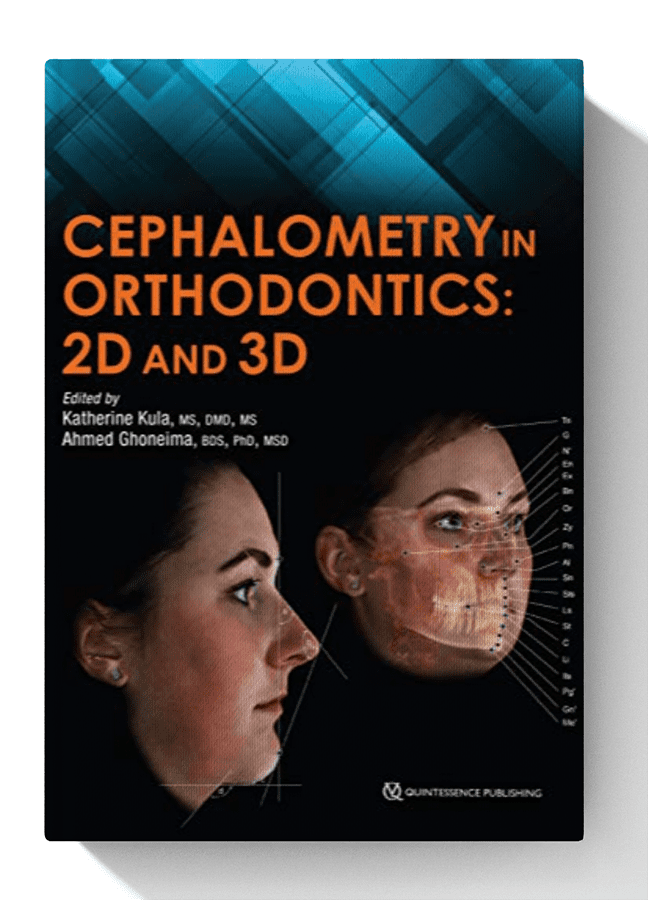Understanding Cephalometrics in the Era of 3D Imaging
Cephalometrics has been a fundamental tool for diagnosing orthodontic issues and evaluating treatment outcomes for decades. However, the transition from 2D to 3D radiography has left some orthodontists uncertain about how to effectively utilize this method.
This book provides a comprehensive overview of all cephalometric landmarks on a skull or spine, illustrating them in both 2D and 3D, and demonstrating their identification on radiographs.
Each major cephalometric analysis is described in detail, with linear and angular measurements presented visually to enhance understanding. Since many orthodontists select specific measurements from various analyses to create their own, these measures are organized according to skeletal or dental structures and compared in relation to diagnosis, growth, and treatment. Cephalometric norms (e.g., age, sex, ethnicity) are also discussed in the context of treatment and aesthetics.
The final chapter illustrates the application of these measures in clinical cases, guiding clinicians and students on their effective use.
As radiology evolves from 2D to 3D, it is crucial to assess the efficacy and cost-effectiveness of both methods for diagnosis and treatment. This book addresses all relevant considerations for everyday practice.
Key Features:
- 338 illustrations
Contents:
- Introduction to Cephalometric Use
- 2D and 3D Radiography
- Skeletal Landmarks and Measurements
- Frontal Cephalometric Analysis
- Soft Tissue Analysis
- Perspectives on Norms and Standards
- Transitioning from 2D to 3D Cephalometrics: Challenges with Landmarks and Measurements
- Cephalometric Airway Analysis
- Radiographic Superimposition: From 2D to 3D
- Growth and Treatment Predictions: Accuracy and Reliability
- Measuring Bone with CBCT
- Common Pathologic Findings in Cephalometric Radiology
- Cost Comparison of 2D and 3D Radiology
- Clinical Cases




Reviews
There are no reviews yet